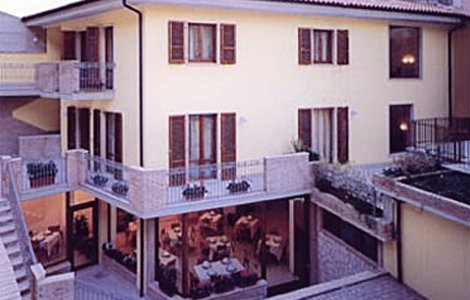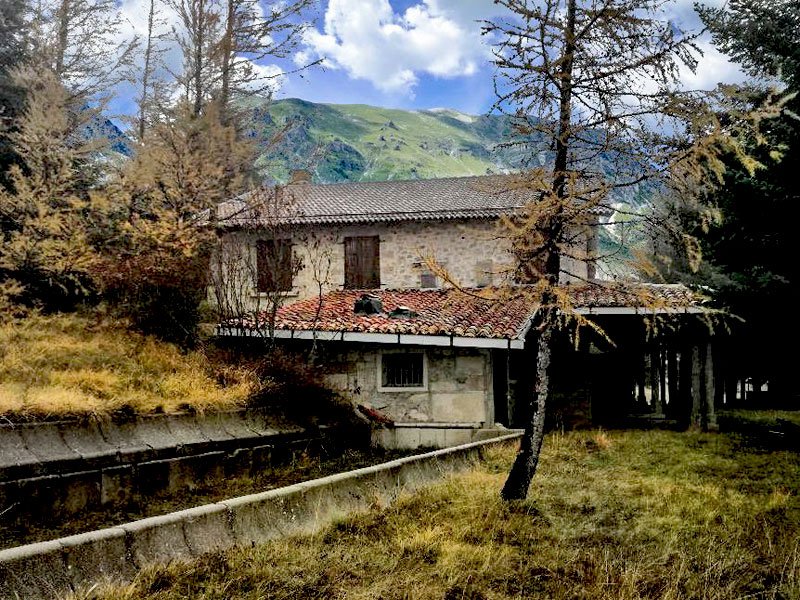Description
Monti della Laga, belong to the chain of the Apennines and the sandstone peaks mark the border between three regions: Marche, Abruzzo and Lazio. The mountainous reliefs also fall within the Gran Sasso and Monti della Laga National Park, established in the early 90s to protect and enhance its natural and anthropological heritage.
The northern portion is in Ascoli Piceno area, with the towns of Acquasanta Terme and Arquata del Tronto and forms a continuum with the Sibillini Mountains.
I Monti della Laga Mountains are a "political" and natural border, acting as a biogeographic limit between the north and the south of Italy. As shown by the animals and plants finding the last alpine specimens in the north and Mediterranean in the south side.
In the areas there are some of the highest peaks of the mountain chain, with a unique floral heritage (particularly interesting the wooded area to white firs). The fauna is characterized by the presence of small-sized species such as the Orsini viper, the snow vole, the common frog and the Alpine newt. The largest wildlife specimens do not lack and are the subject of particular safeguard programs such as the roe deer, the Apennine wolf and Marsicano brown bear.
In the Ascoli’s territory, Monti della Laga are historical testimony of the ancient Romans viability, since here ran the Salaria Road, the path that allowed to reach Rome from Ascoli Piceno and then to the Adriatic Sea. The area is characterized by small villages perched on the stone with the typical wooden balconies overlooking the century-old chestnut forests that offer glimpses of the fabulous and enchanting tones.
Here time seems to stand still and traditions are handed down from generation to generation, without compromising their authenticity. Singular, for history and for the experience, is the Festa Bella organized in August at Spelonga, one of the hamlets of Arquata del Tronto. Every three years about 150 people recall the battle of Lepanto in 1751, when locals managed to snatch the Turkish flag, which even today a piece is kept in the Church of St. Agata. Monti della Laga are also the keepers of charcoal, wood and stone structures that were used for coal mining.
Many itineraries to discover the Monti della Laga and their historical and artistic treasures in the ancient villages: Paggese, Castel di Luco, Montecalvo and its fortress, Umito, the Prata’s waterfall and that of Volpara, Quintodecimo and Trisungo. Some of these trails are not equipped to be traveled only on foot but also on horseback and mountain biking.
The discovery of this territory also passes by the table, with dishes made with porcini mushrooms and truffles and the wines made by the ancient vines such as Pecorino.




